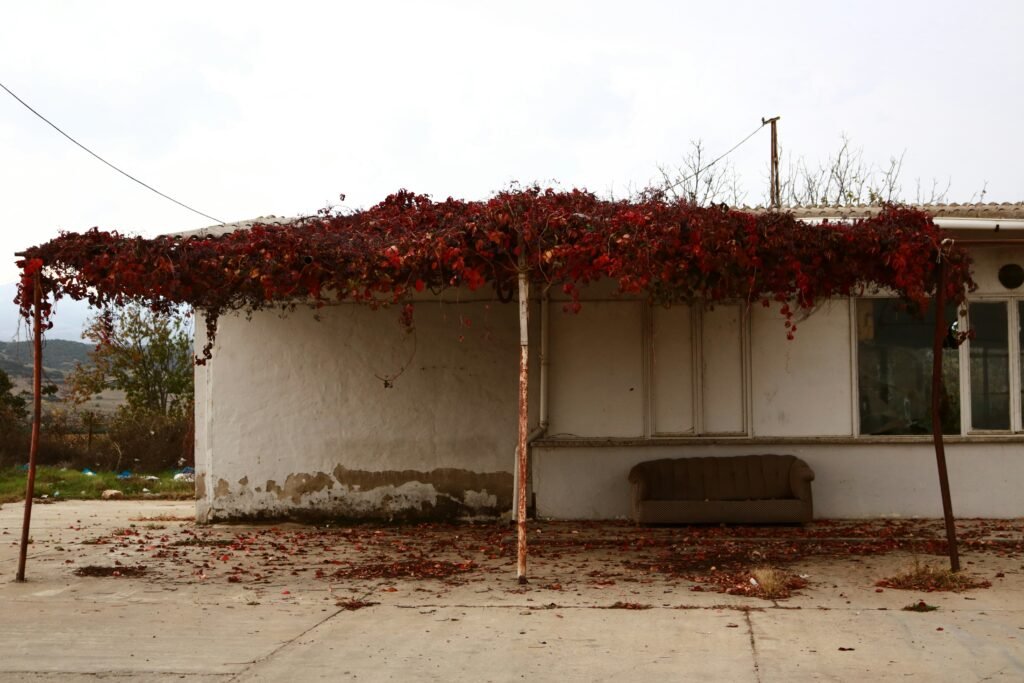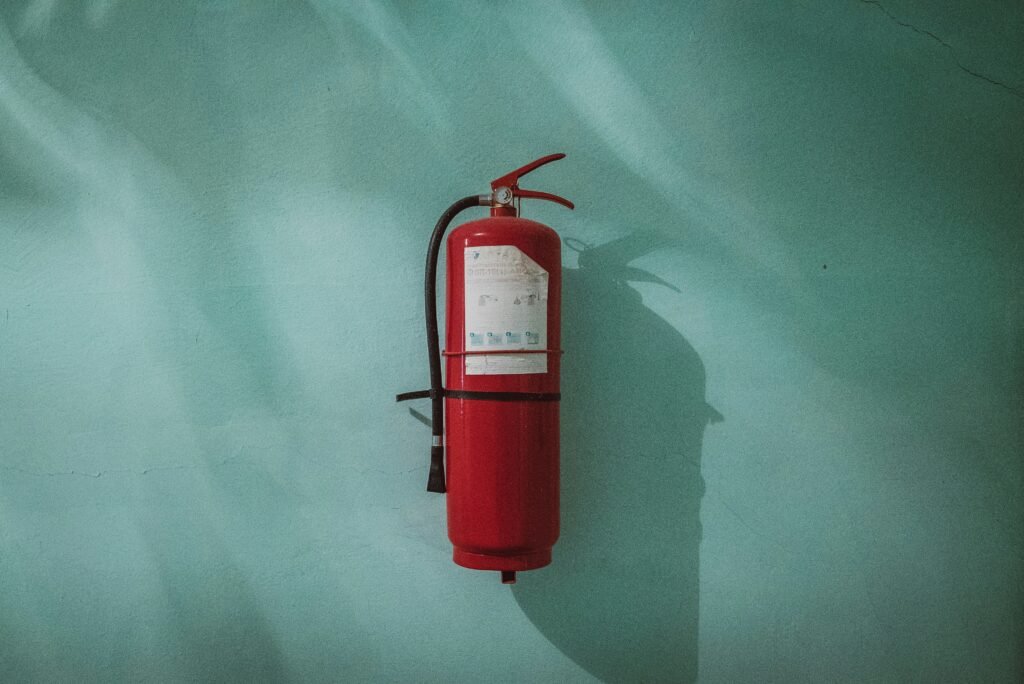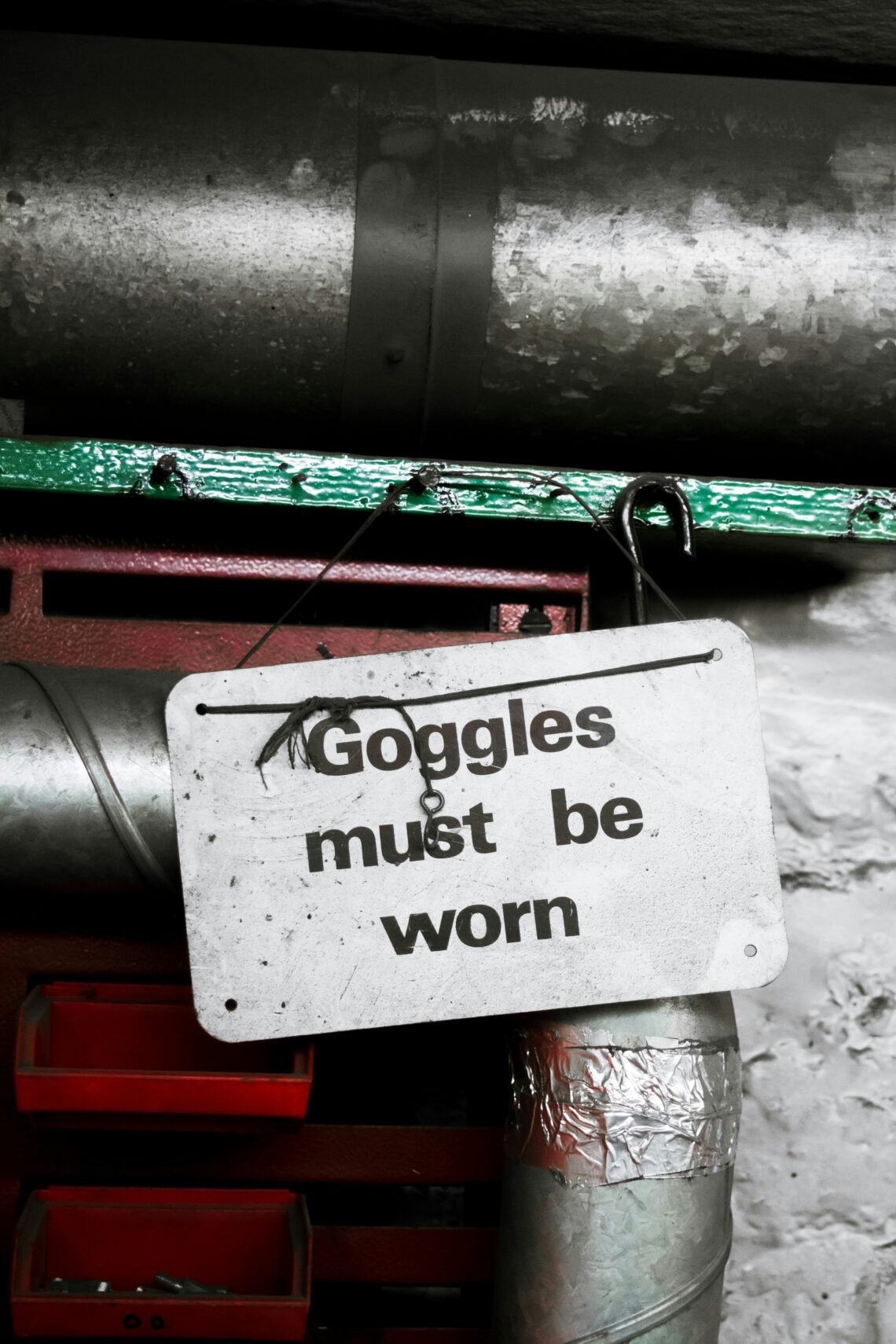Welcome to an informative article on how to keep yourself and your loved ones safe on the road with top tire inspection tips. By regularly checking the condition of your tires, you can prevent potential accidents and ensure a smooth and enjoyable driving experience. From checking tire pressure to examining tread wear, these routine maintenance tasks are simple yet crucial for maintaining optimal tire performance. Stay tuned for expert advice and helpful tips on how to properly inspect your tires for maximum safety on the road.
Top Tire Inspection Tips for Ensuring Safety on the Road
Have you ever thought about how crucial your tires are for your safety on the road? Your tires are the only point of contact between your vehicle and the road, making them a critical component in ensuring your safety while driving. Regular tire inspections are essential to detect any issues early on and prevent accidents due to tire failure. In this article, we will discuss the top tire inspection tips to help you stay safe on the road.

This image is property of images.unsplash.com.
Routine Tire Inspection Tips
Let’s start by going over some routine tire inspection tips that you can easily perform to ensure your tires are in good condition. These simple steps can make a significant difference in your safety while driving.
Check Tire Pressure Regularly
One of the most critical aspects of tire maintenance is checking your tire pressure regularly. Proper tire pressure ensures optimal performance, fuel efficiency, and most importantly, safety. Make it a habit to check your tire pressure at least once a month or before a long trip. You can find the recommended tire pressure for your vehicle in the owner’s manual or on a sticker located in the door jamb or glove compartment.
Inspect Tire Tread Depth
Tire tread depth is crucial for traction on wet and slippery roads. As your tires wear out, the tread depth decreases, affecting their ability to grip the road. Use a tread depth gauge or the penny test to check if your tires need to be replaced. Insert a penny into the tread grooves with Lincoln’s head facing down. If you can see the top of Lincoln’s head, it’s time to replace your tires.
Look for Damage or Irregular Wear
Inspect your tires for any signs of damage, such as cuts, punctures, bulges, or cracks on the sidewalls. Additionally, check for signs of irregular wear, such as cupping, feathering, or scalloping, which can indicate alignment or suspension issues. Addressing these problems early can prevent further damage and ensure safe driving.
Rotate Your Tires Regularly
Rotating your tires regularly helps distribute wear evenly and extends their lifespan. Check your owner’s manual for the recommended tire rotation schedule, typically every 5,000 to 7,000 miles. Front tires tend to wear out faster than rear tires due to steering and braking forces, so rotating them ensures uniform wear and improves overall performance.
Balance Your Tires
Balancing your tires helps prevent vibrations and ensures a smooth ride. Unbalanced tires can cause uneven wear, affect handling, and even damage other components of your vehicle. If you notice vibrations at certain speeds or steering wheel wobbling, it’s time to have your tires balanced by a professional.
Advanced Tire Inspection Tips
In addition to routine tire maintenance, there are advanced tire inspection tips that can help you identify potential issues early on and avoid costly repairs or accidents down the road. These steps require a bit more time and effort but are well worth it for your safety.
Check for Signs of Dry Rot
Dry rot is a common issue that occurs when tires age or are exposed to harsh environmental conditions. Inspect your tires for signs of dry rot, such as cracking, peeling, or discoloration. Dry rot weakens the tire’s structure and can lead to blowouts, especially at high speeds. If you notice any signs of dry rot, it’s best to replace the tire immediately.
Inspect the Bead Area
The bead area is where the tire meets the wheel rim, forming an airtight seal. Inspect this area for any damage, such as cuts, bulges, or corrosion. A damaged bead area can lead to air leaks, resulting in low tire pressure or even a flat tire. If you notice any issues with the bead area, have your tires inspected by a professional.
Check the Valve Stems
Valve stems are essential for maintaining proper tire pressure. Inspect the valve stems for any damage, such as cracks, cuts, or leaks. A damaged valve stem can cause air leaks and lead to underinflated tires. Replace any damaged valve stems immediately to prevent tire failure on the road.
Inspect the Inner Liner
The inner liner of a tire is designed to prevent air from escaping and maintain proper tire pressure. Inspect the inner liner for any damage, such as cuts, bulges, or punctures. Damage to the inner liner can compromise the tire’s integrity and lead to blowouts or rapid air loss. If you notice any issues with the inner liner, have your tires inspected by a professional.
Check the Sidewall for Bubbles
Bubbles or bulges on the sidewall of a tire indicate internal damage, such as a broken belt or separation of plies. These issues can weaken the tire’s structure and increase the risk of a blowout. If you notice any bubbles or bulges on the sidewall, replace the tire immediately to ensure your safety on the road.

This image is property of images.unsplash.com.
Conclusion
Regular tire inspections are crucial for ensuring your safety on the road. By following these top tire inspection tips, you can catch any issues early on and prevent accidents due to tire failure. Remember to check your tire pressure regularly, inspect the tread depth, look for damage or irregular wear, rotate and balance your tires, and perform advanced inspections for signs of dry rot, bead area damage, valve stem issues, inner liner damage, and sidewall bubbles. Your safety is in your hands, so make tire maintenance a priority for a worry-free driving experience. Stay safe out there!





